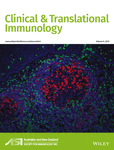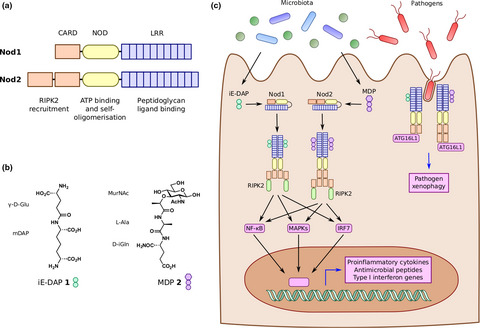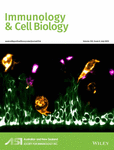Journal list menu
Export Citations
Download PDFs
Special Feature Review
Translation of peptidoglycan metabolites into immunotherapeutics
- First Published: 29 November 2019
Original Article
Machine learning applied to whole-blood RNA-sequencing data uncovers distinct subsets of patients with systemic lupus erythematosus
- First Published: 12 December 2019

We examined whole-blood RNA-seq data from a total of 161 patients with systemic lupus erythematosus and 57 healthy donors, uncovering four distinct subtypes of patients with distinct gene expression patterns. Our study provides an innovative patient stratification framework, which is likely to be useful in future studies looking at different responses to treatments, potentially enabling improved therapeutic decisions and more reliable prediction of response to therapy.
Short Communication
A potential association between IL-3 and type I and III interferons in systemic lupus erythematosus
- First Published: 24 December 2019
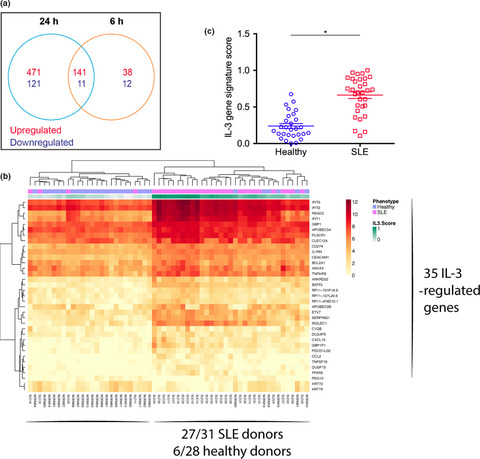
Through analysis of serum cytokine levels, and whole blood transcriptional profiling, a correlation between IL-3 and interferon (IFN) (type I and type III) has been identified in systemic lupus erythematosus (SLE) patients. A correlation between both IFN-α and type III IFN and IL-3 in serum was seen, as was the presence of an ‘IL-3 gene signature’ in a majority of SLE patients, which correlated strongly with an IFN gene signature.
Special Feature Review
Fat for fuel: lipid metabolism in haematopoiesis
- First Published: 24 December 2019
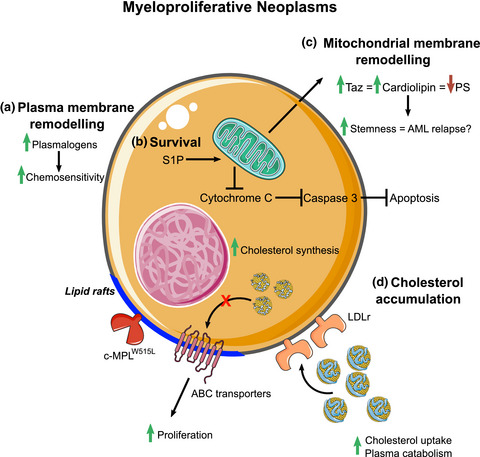
Metabolic pathways are important regulators of haematopoiesis, where metabolism controls maintenance and cell fate. This review will discuss lipid metabolism in the context of haematopoiesis, that is blood cell development. We will also discuss how these metabolic processes are affected by haematological malignancies.
Case Reports
Accumulation of CD103+ CD8+ T cells in a cutaneous melanoma micrometastasis
- First Published: 25 December 2019
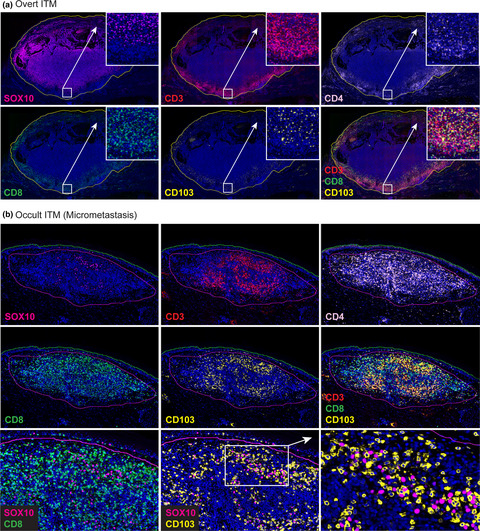
Analysing an occult in-transit metastasis in a melanoma patient, we identify CD103+CD8+ T cells with a resident memory phenotype as the dominant T-cell subset. Such results support the emerging concept that CD103+CD8+ tissue-resident memory T cells are key mediators of cancer surveillance and imply an important function of these cells in controlling clinically occult micrometastases in humans.




